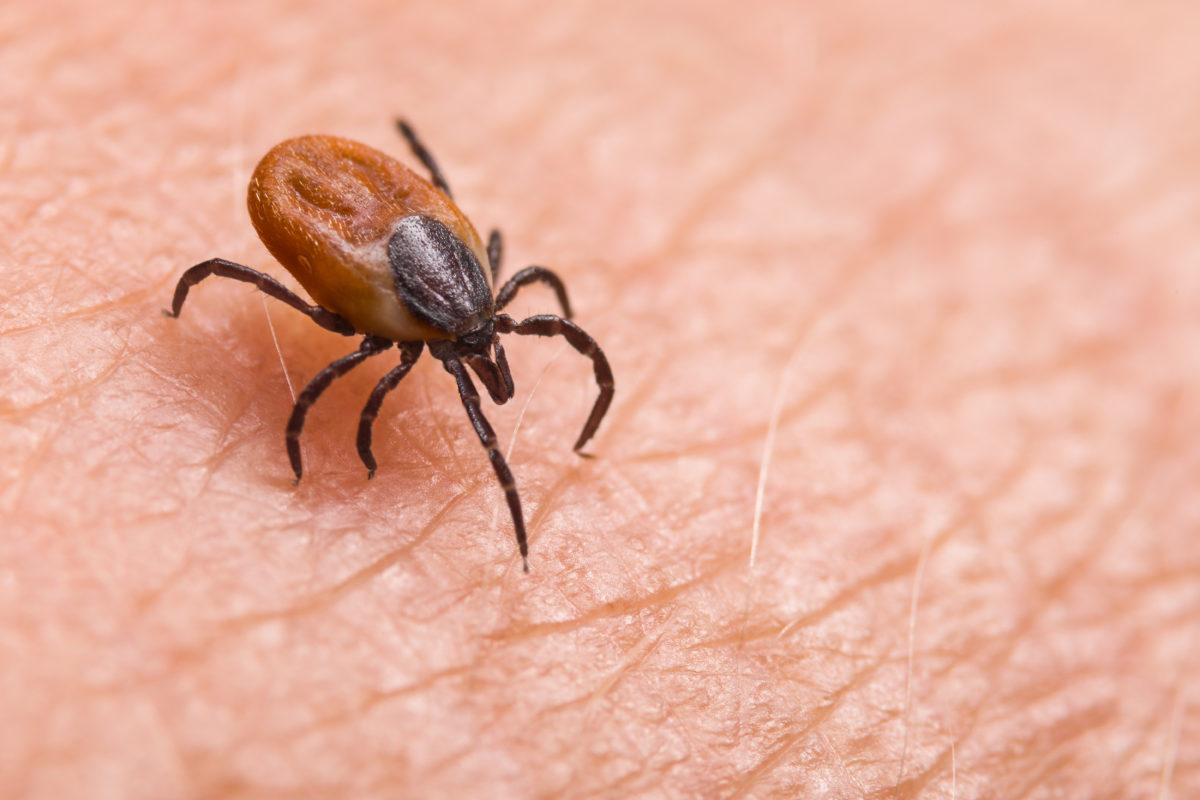Course Duration:
40 Minutes
Animal and Insect Safety
As the spring months bring pleasant weather and opportunities for outdoor work, it also brings the potential risks of encountering animals and insects that may pose threats to workers. Understanding and addressing these hazards are crucial for maintaining a safe work environment. OSHA provides valuable guidelines to help workers avoid injuries and stay protected when working outdoors in the presence of animals and insects.
Animal Hazards: Minimizing Risks in the Wild
Working outdoors often means being in proximity to various wildlife species, some of which can be potentially hazardous. Both dead and live animals can spread diseases, making it essential to take precautionary measures to avoid contact and potential infections.
To mitigate risks associated with animal hazards, workers should wear long pants, socks, and long-sleeved shirts. These protective garments can shield against bites and stings from insects as well. Additionally, using insect repellents containing DEET or Picaridin can further protect against insect bites and reduce the likelihood of related illnesses.
In cases where contact with rats and other wild or stray animals cannot be avoided, wearing protective gloves is vital. Regularly washing hands after handling animals or being in areas where animals are present can prevent the transmission of potential pathogens. Moreover, promptly disposing of dead animals is crucial to limit the risk of disease transmission.
If, despite precautions, an individual is bitten or scratched by an animal, immediate medical attention should be sought. Prompt treatment can prevent the development of severe infections or complications resulting from animal-related injuries.
Insect Hazards: Warding off Stings and Bites
Insects, particularly stinging and biting varieties, pose a unique set of hazards for outdoor workers. These encounters can lead to discomfort, allergic reactions, and, in some cases, severe health issues.
To protect against insect hazards, wearing appropriate clothing that covers exposed skin is essential. Long pants, socks, and long-sleeved shirts act as a physical barrier against insect bites and stings. Using insect repellents containing DEET or Picaridin can be an effective additional measure to repel insects and prevent potential bites.
Workers should be vigilant in observing their surroundings for signs of insect activity and avoid areas where insects may be abundant, such as nests or hives. If necessary, modifying work schedules to avoid peak insect activity periods can further reduce the risk of encountering these hazards.
Safeguard Your Workforce with Animal and Insect Safety Training
Ensure the well-being of your outdoor workforce by equipping them with essential knowledge and skills to navigate animal and insect hazards safely. Our comprehensive Animal and Insect Safety training course provides practical guidelines endorsed by OSHA to prevent injuries and protect against diseases.
Don’t leave the safety of your team to chance. Invest in our Animal and Insect Safety course and empower your workers to confidently handle outdoor work situations. Together, let’s create a secure and productive work environment. Enroll your team today!

